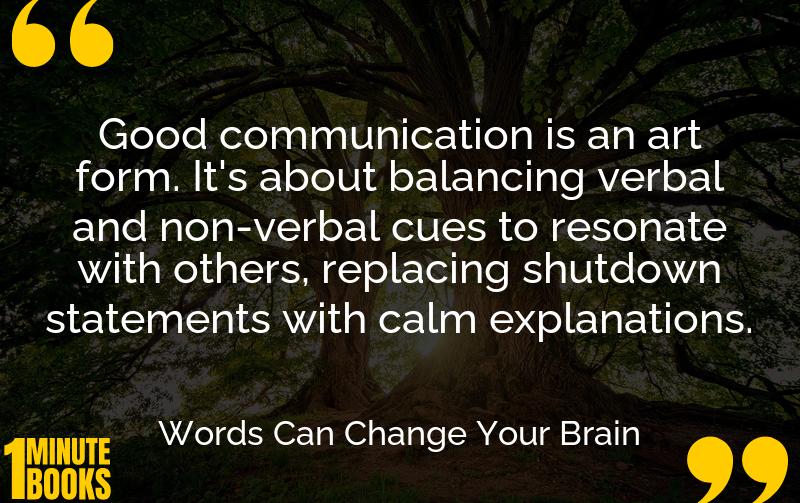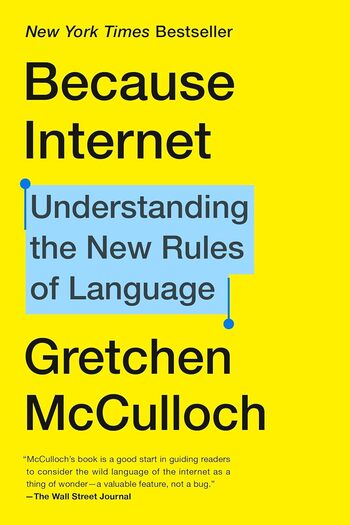
The book examines how words and body language shape effective communication, emphasizing the difference between mere talking and genuine connection.
Main Lessons
- Communication is an art form, distinguishing talking from real connection.
- Effective communication requires calm, clear explanations rather than provocative shutdown statements.
- Body language is crucial; open postures and eye contact convey openness and confidence.
- Non-verbal signals set the tone even before a conversation starts.
- Understanding the intent behind words is key to successful communication.
- Replace negative statements with positive, respectful dialogue for better relationships.
- Matching verbal and non-verbal cues enhances trust and understanding.
- Maintaining eye contact can improve impressions of intelligence and engagement.
- Practicing good communication skills can prevent misunderstandings and tension.
- Anxiety and overthinking can hinder effective communication—stay calm and natural.
- Using someone’s name during a conversation can create a personal connection.
- Building communication skills can revolutionize personal and professional interactions.
- Good communication is a skill that can be learned and perfected over time.
- Words have power; using them wisely is essential for positive interactions.
- Mind your body language—it’s as impactful as the words you speak.








